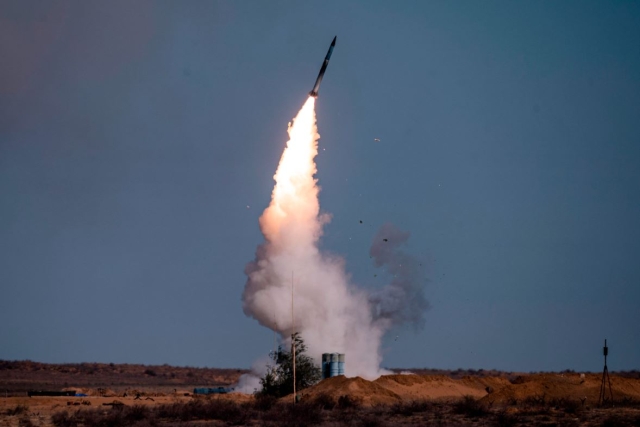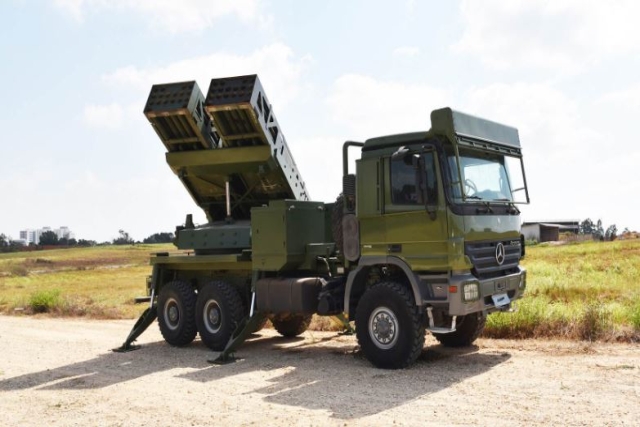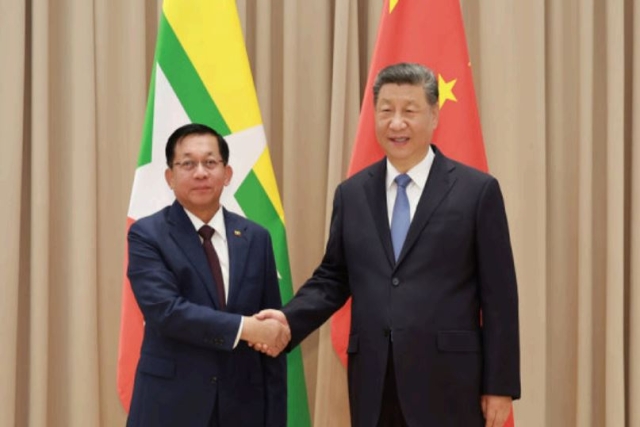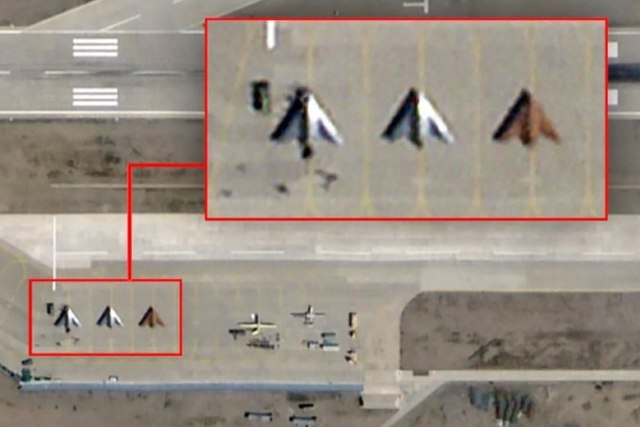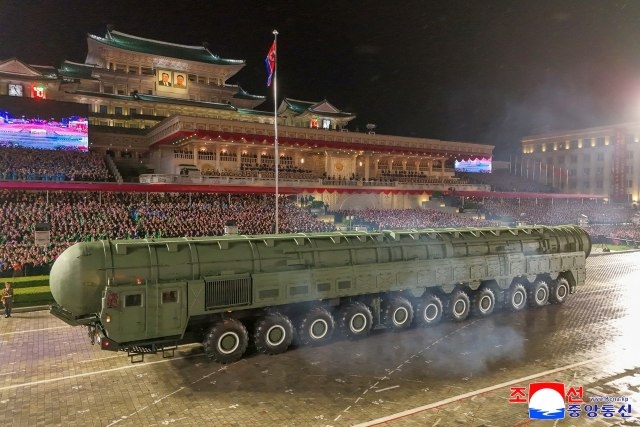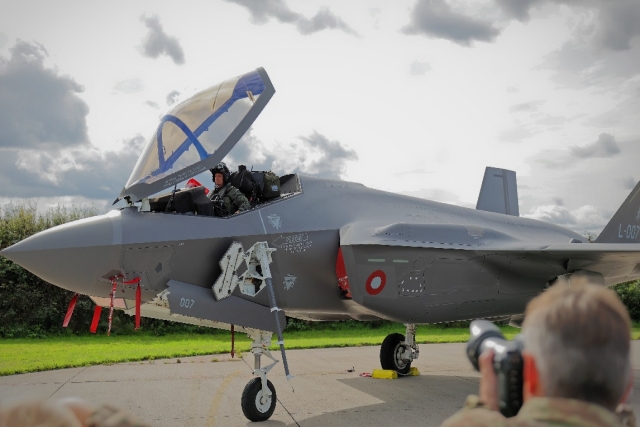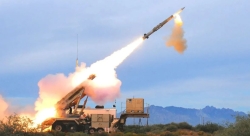China’s New PL-16 Air-to-Air Missile Reportedly Enters Service with Air Force
Unconfirmed reports suggest limited PL-16 deployment on J-20A, J-35 fighters with ranges rivaling U.S. AIM-260, Russian R-37M.
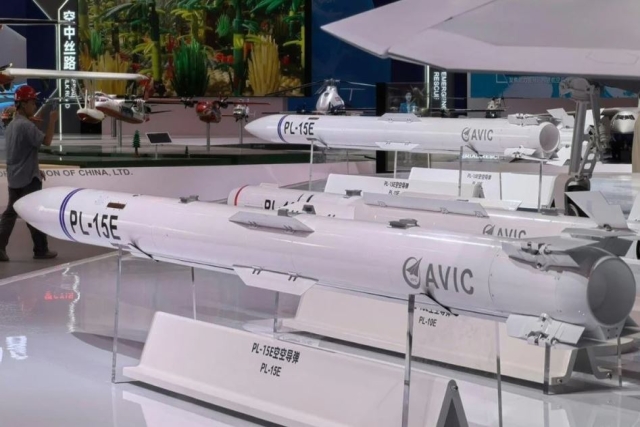
The Chinese Air Force is reportedly integrating a new long-range air-to-air missile, the PL-16, into its tactical aviation arsenal.
The Russian Arms Telegram channel reported this, citing material revealed during a closed seminar for Chinese military pilots. While Beijing has yet to officially confirm the missile’s induction, emerging visuals and expert commentary suggest the PL-16 may already be in limited operational service.
The PL-16 is understood to be an evolved variant of the PL-15E, which gained attention after it was reportedly used to intercept an Indian Rafale F3R fighter during a recent India–Pakistan border clash. This upgrade is expected to enhance the beyond-visual-range (BVR) capabilities of China’s stealth fighter fleet.
The PL-16 could be compatible with fifth-generation Chinese fighter jets, including the J-20A and the carrier-capable J-35. Thanks to its relatively compact design, the missile enables the J-20’s internal weapons bay to carry six units—two more than the earlier PL-15 configuration.
The missile's engagement range is estimated to reach 280 km when launched from high altitude (11,500 meters) in the forward hemisphere. It can reportedly strike targets up to 140 km in the rear hemisphere and around 200 km at lateral angles (90° to 270°), aligning its performance with that of the U.S.-developed AIM-260 and Russia’s R-37M.
Military analysts also highlight that the PL-16 will not replace the larger PL-17, which remains China’s most extended-range air-to-air missile, capable of reaching targets 350 to 430 km away. The PL-17 shares design characteristics with the HQ-22 ground-based air defense missile.
